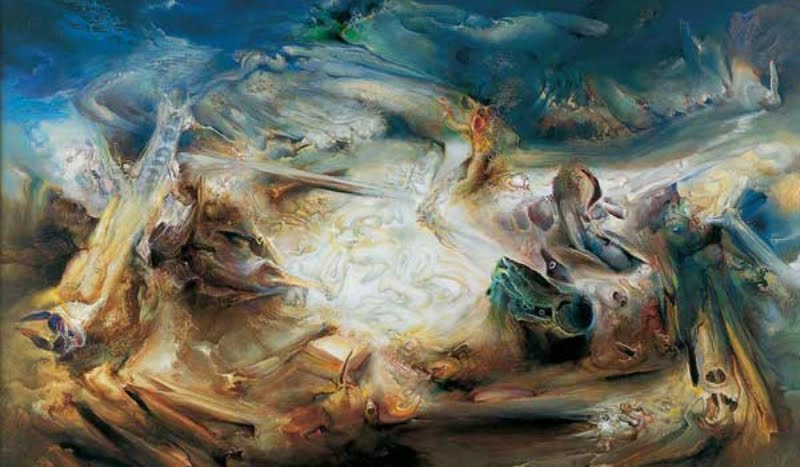Interactive Movies and the Excitement of CD-ROMS
I remember when I first started studying multimedia in the late 90s there was a lot of buzz around 'CD-ROMS' and the potential for games to become interactive movies.What eventuated from these ideas was narrowly constrained point and click movies, playing snippets of film as you progressed, that hardly set people aflutter. Now, of course, we have PS3s and Xboxes that render high end graphics on the fly, displacing the aspiration for actual film footage, and offering a greater sense of immersion and interactivity. I often wonder though what interactive cinema, decoupled from the quaint excitement of CDs as a storage medium, might look like.
I don't think it is what any of us expected it might be back in the 90s, but disembodied narratives are our interactive cinema today. The concept of interactive cinema was originally imagined loosely as 'choose your own movie', and in many ways that is what disembodied narrative encourages. In massive transmedia universes, such as Star Wars, we acknowledge that it becomes almost impossible for any one person to consume every text - they must pick and choose the ones that appeal most to them, and in doing so choose their own story of that universe. This personalization of stories in transmedia will become more apparent as the content within given transmedia universes multiplies exponentially through the growing legitimization of user-generated content. In fact the creation of that content will become an aspect of the interactivity itself.
What is great about this scenario is that although we will all potentially have a wholly unique experience disembodied narratives, we will still have shared experiences of the universes themselves. Textual critique and debate of disembodied narratives will have to extend beyond contrasting interpretations to contrasting choices of how and what aspects of the narrative are consumed. They will certainly make for some fascinating debates, don't you think?
